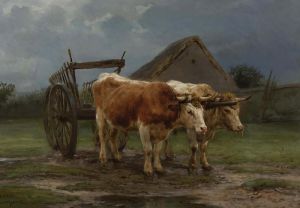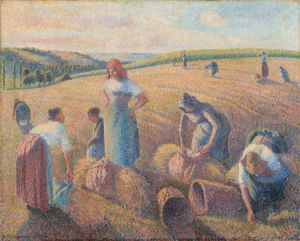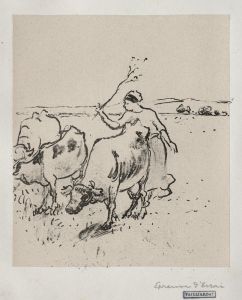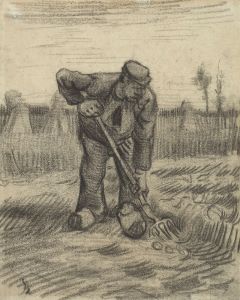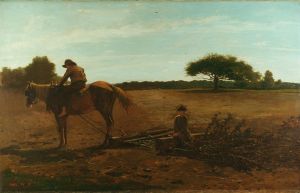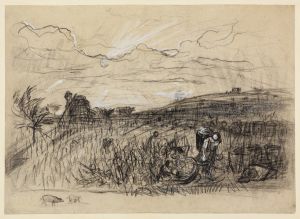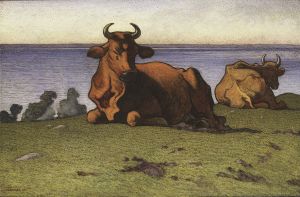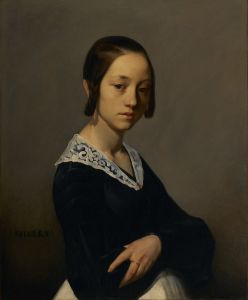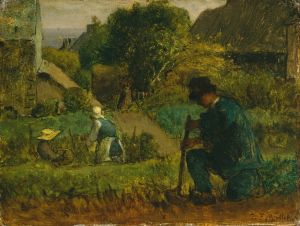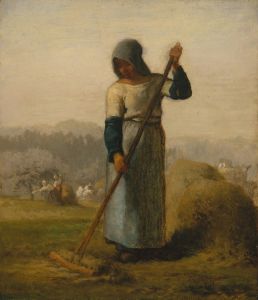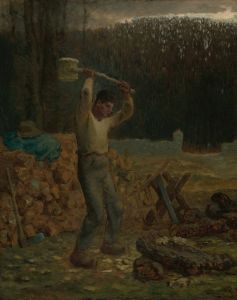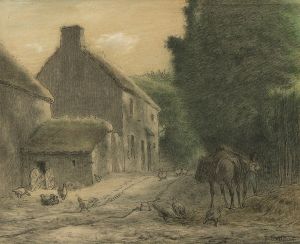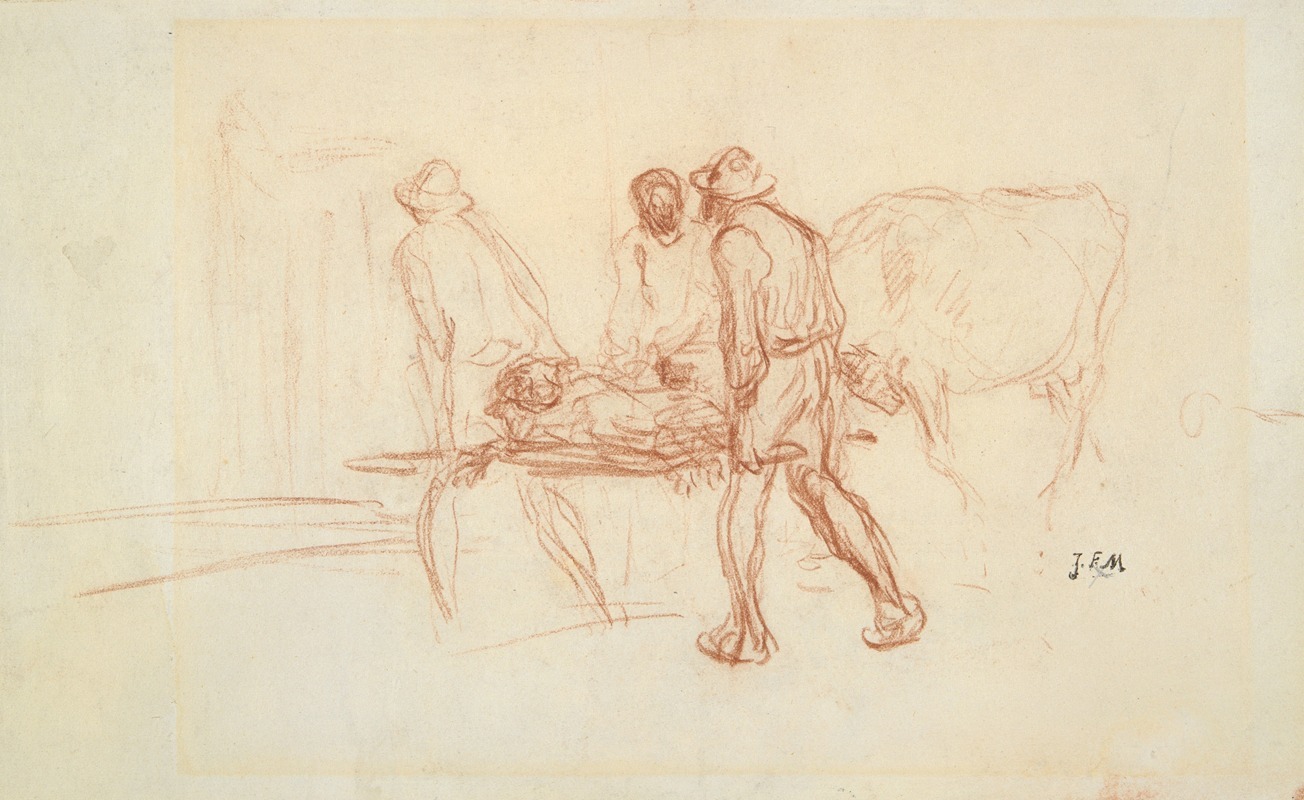
The New Born Calf
A hand-painted replica of Jean-François Millet’s masterpiece The New Born Calf, meticulously crafted by professional artists to capture the true essence of the original. Each piece is created with museum-quality canvas and rare mineral pigments, carefully painted by experienced artists with delicate brushstrokes and rich, layered colors to perfectly recreate the texture of the original artwork. Unlike machine-printed reproductions, this hand-painted version brings the painting to life, infused with the artist’s emotions and skill in every stroke. Whether for personal collection or home decoration, it instantly elevates the artistic atmosphere of any space.
Jean-François Millet, a prominent French painter and one of the founders of the Barbizon School, is renowned for his depictions of peasant life and rural landscapes. His works often reflect the dignity and hardship of rural labor, capturing the essence of 19th-century agrarian life in France. One of his lesser-known works, "The New Born Calf," exemplifies his focus on rural themes and his ability to convey the intimate relationship between humans and nature.
"The New Born Calf" is a painting that showcases Millet's characteristic style, emphasizing the simplicity and authenticity of rural life. Although specific details about this painting are scarce, it is consistent with Millet's thematic focus on the everyday lives of peasants and their connection to the land and animals they tended. His works often highlight the cyclical nature of life and the interdependence between humans and their environment.
Millet's approach to painting was deeply influenced by his upbringing in the rural region of Normandy, France. Born in 1814 into a family of farmers, Millet was intimately familiar with the rhythms and struggles of agricultural life. This background informed his artistic vision, leading him to portray scenes that were both realistic and imbued with a sense of reverence for the subjects he depicted.
In "The New Born Calf," Millet likely employed his typical muted color palette and soft brushwork to create a scene that is both tender and poignant. His ability to capture the nuances of light and shadow would have added depth and emotion to the painting, drawing the viewer into the intimate moment between the calf and its surroundings. Millet's attention to detail and his focus on the natural world are evident in the way he portrays the textures of the animals and the landscape.
Millet's work was often met with mixed reactions during his lifetime. While some critics appreciated his honest portrayal of peasant life, others criticized his focus on what they perceived as mundane subjects. Despite this, Millet's influence on the art world was significant, paving the way for future artists who sought to depict the realities of everyday life. His work resonated with the social and political changes of the time, reflecting a growing awareness of the struggles faced by the rural poor.
Today, Jean-François Millet is celebrated as a master of rural genre painting, and his works continue to be studied and admired for their emotional depth and technical skill. "The New Born Calf," like many of his paintings, serves as a testament to his ability to find beauty and significance in the ordinary, capturing moments of life that might otherwise go unnoticed. Through his art, Millet invites viewers to appreciate the quiet dignity of rural existence and the enduring bond between humans and nature.





